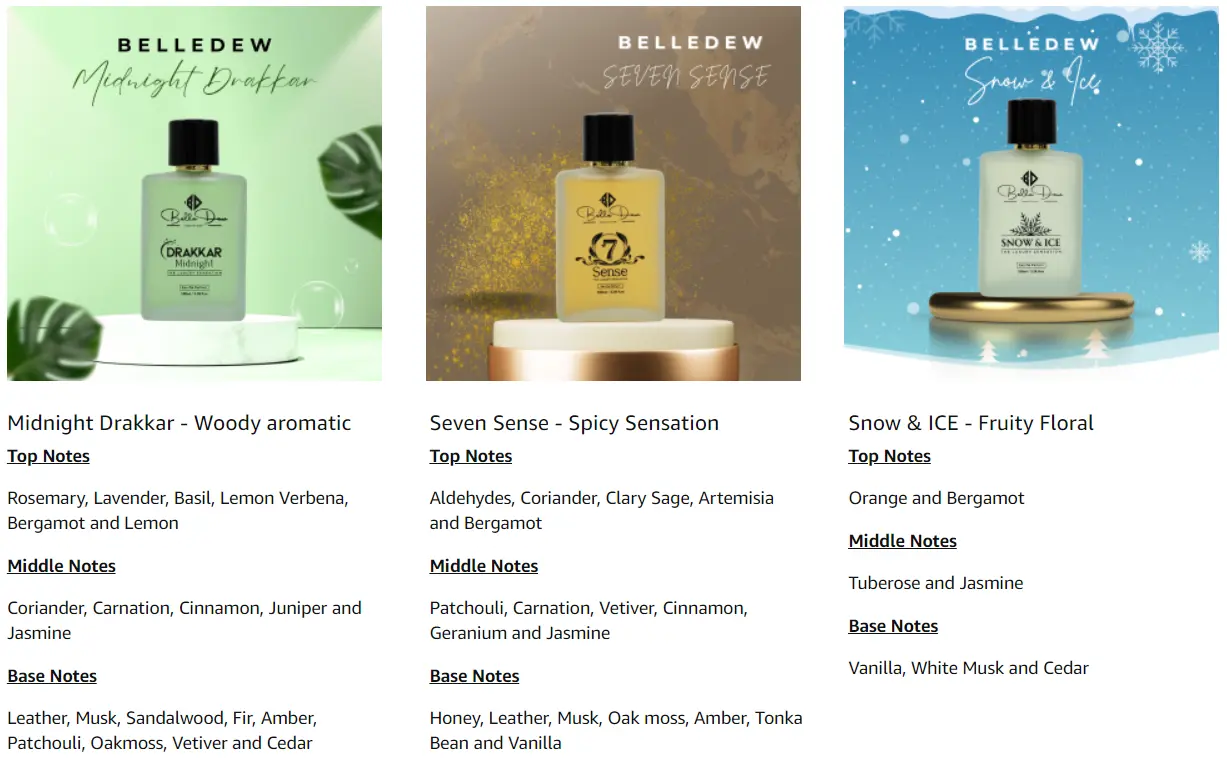
Blog
Understanding Fragrance Notes: Exploring Top, Middle, and Base Elements

When it comes to Luxury perfumes and fragrances, you may have come across the term “fragrance notes.” These notes are the individual components that make up a fragrance and contribute to its overall scent. Understanding fragrance notes is essential for both fragrance enthusiasts and those looking to find their perfect scent. In this article, we will explore the three main types of fragrance notes: top notes, middle (or heart) notes, and base notes.
Top Notes, Opening Notes, Head Notes – First Impression
The top notes are the initial scents that you experience when you first apply a fragrance. They are often light, refreshing, and provide the first impression of the perfume. These notes are typically composed of citrus fruits, herbs, and other aromatic ingredients. Some common top notes include:
- Zesty citrus fruits like lemon, bergamot, and grapefruit
- Aromatic herbs such as lavender, rosemary, and basil
- Refreshing green notes like mint and petitgrain
- Spicy elements like ginger and pepper
Top notes are volatile and evaporate relatively quickly, usually within the first 15 minutes of application. They create a burst of freshness and set the stage for the fragrance to unfold.
Middle/Heart Notes – Essence of the Fragrance
The middle notes, also known as the heart notes, emerge once the top notes have evaporated. They form the core of the fragrance and are responsible for its character and personality. Middle notes are often floral, fruity, or spicy, adding depth and complexity to the scent. Some common middle notes include:
- Floral essences like rose, jasmine, and ylang-ylang
- Fruity notes such as apple, peach, and berries
- Spices like cinnamon, clove, and nutmeg
- Herbal elements such as geranium and sage
Middle notes tend to last longer than top notes, typically lingering on the skin for a few hours. They interact with the base notes to create a harmonious blend and are often the heart and soul of a fragrance.
Base Notes – The Lasting Impression
The base notes are the foundation of a fragrance and provide its long-lasting effect. They emerge once the top and middle notes have dissipated and can last for several hours or even days. Base notes are often rich, warm, and sensual, adding depth and stability to the overall scent. Some common base notes include:
- Woody essences like sandalwood, cedarwood, and patchouli
- Musk and ambergris, which add depth and sensuality
- Vanilla, tonka bean, and other sweet elements
- Resins like benzoin and frankincense
Base notes are responsible for the fragrance’s longevity and are often the lingering scent that remains on your skin or clothes. They provide a solid foundation for the entire fragrance composition.
Understanding fragrance notes allows you to better appreciate the complexity of perfumes and make informed choices when selecting a fragrance. The combination of top, middle, and base notes creates a unique olfactory experience that evolves over time. So, next time you try a new perfume, pay attention to the different fragrance notes and how they contribute to the overall scent.



 Lip Balm
Lip Balm Sunscreen
Sunscreen Face Wash
Face Wash
